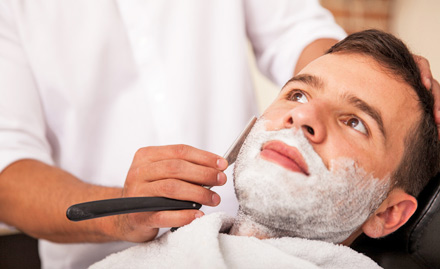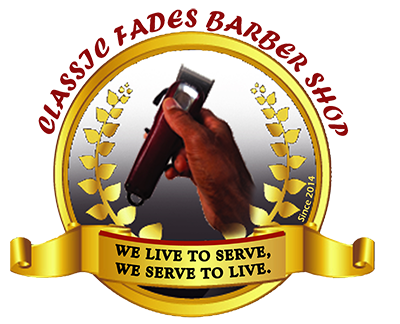Who is a Barber?

A barber is a person whose occupation is mainly to cut, dress, groom, style and shave men’s and boys’ hair. A barber’s place of work is known as a “barber shop” or a “barber’s”. Barber shops are also places of social interaction and public discourse. In some instances, barbershops are also public forums. They are the locations of open debates, voicing public concerns, and engaging citizens in discussions about contemporary issues. They were also influential in helping shape male identity.
In years gone by, barbers (known as barber surgeons) also performed surgery and dentistry. The barber’s trade has a long history: According to Wikipedia and other sources, razors have been found among relics of the Bronze Age (around 3500 BC) in Egypt. In ancient Egyptian culture, barbers were highly respected individuals. Priests and men of medicine are the earliest recorded examples of barbers. Men in Ancient Greece would have their beards, hair, and fingernails trimmed and styled by the ????e?? (cureus), in an agora (market place) which also served as a social gathering for debates and gossip.
Barbering was introduced to Rome by the Greek colonies in Sicily in 296 BC, and barber shops quickly became very popular centres for daily news and gossip. A morning visit to the tonsor became a part of the daily routine, as important as the visit to the public baths, and a young man’s first shave (tonsura) was considered an essential part of his coming of age ceremony. A few Roman tonsores became wealthy and influential, running shops that were favorite public locations of high society; however, most were simple tradesmen, who owned small storefronts or worked in the streets for low prices.
A barber’s pole is a type of sign used by barbers to signify the place or shop where they perform their craft. The trade sign is, by a tradition dating back to the Middle Ages, a staff or pole with a helix of colored stripes (often red and white in many countries, but usually red, white, and blue in the United States). The barber pole, featuring red and white spiraling stripes, symbolized different aspects of the craft. The red and white barber pole references a time when barbers were expected to perform bloodletting and other medical procedures to heal the sick; red represented blood and white represented bandages. Barbers received higher pay than surgeons until surgeons were entered into British warships during naval wars. Some of the duties of the barber included neck manipulation, cleansing of ears and scalp, draining of boils, fistula and lancing of cysts with wicks. Over the years barbering and its environment has change where as it has become abit more modern.
Our mission here at classic fades is to offer outstanding service, our motto is ”we live to serve, we serve to live” and so we firmly believe in passing on the skills and training we’ve accomplish along the way. Here at classic fades it is our ultimate goal to train and educate persons who desire to become a barber.
Senior Barbers wanted.
Apprentice Barbers wanted.
We will provide all the necessary tools and training to get started.
Thanks again, hope to see you soon
